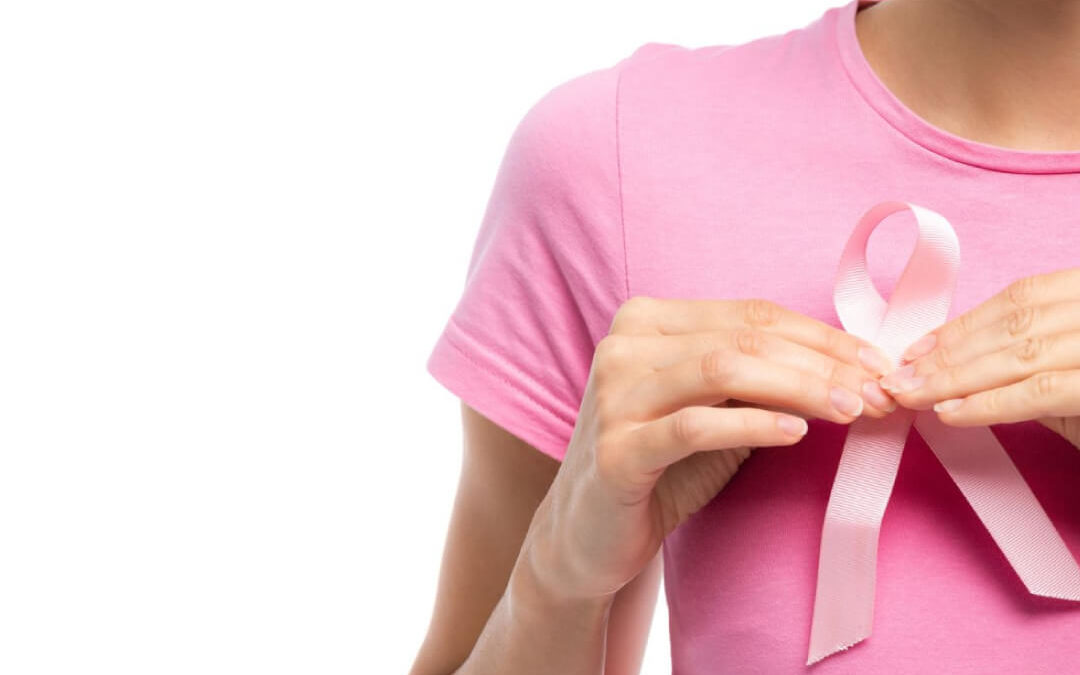October is a very special month for focusing on your health! Breast cancer causes around 500.000 deaths globally, and it’s the second leading cause of cancer death among women. For this reason, early detection is so important. If cancer breast is detected, there are five-year survival statistics of approximately 98%.
This past year, we realized that doing what is in our power to stay healthy and safe is a powerful thing. That’s why on Breast Cancer Awareness Month (BCAM) it’s time to reinforce that by learning how to take better care of ourselves and the ones we love in order to prevent breast cancer.
What Is the Purpose of Breast Cancer Awareness Month?
Besides creating a support community for breast cancer patients, survivors, and their families, BCAM has many other purposes, such as:
- Ultimately, save as many lives as possible.
- Raise awareness by teaching more people about breast cancer with up-to-date information.
- Provide hope for those who are fighting the breast cancer battle
- Fundraising money for those who cannot afford mammograms and diagnostic services.
- Funding money to support breast cancer research.
- Promote prevention and encourage women to self-examine their breasts.
Who Is at Risk of Breast Cancer?
According to Cancer Research UK here are some of the most common risk factors for breast cancer:
Although both men and women can get breast cancer, it is more prevalent among women. Age can also be a determinant factor, most breast cancers are found in women who are over 50 years old, and it is less common in women under 40.
Another group at risk is people with family history, the risk is higher for those whose relatives like mother, sister or daughter have been diagnosed. Certain inherited gene mutations can also increase cancer risk, these mutations are known as BRCA1 and BRCA2 and they can be detected through a test. About 2% of breast cancers are related to a change in these genes.
Also, if you had breast cancer in one breast, you have an increased risk of developing cancer in the other breast. Overweight people have a higher risk of breast cancer, particularly obese women after their menopause. These women also have a higher risk of having breast cancer come back after treatment.
Studies show that women that haven’t had children also have a higher risk of developing breast cancer than those that have. Having more than one child, as well as having your first children at a young age, also seems to help reduce the risk.
Some of these factors are unavoidable, but there are certain lifestyle choices that can help you reduce the risk of breast cancer.
Ways to Lower Your Risk of Breast Cancer
According to the American Cancer Association:
- Avoid alcohol excess or drink in moderation.
- Try to maintain a healthy weight and exercise regularly, studies show that 30 to 60 minutes per day of physical activity can reduce the risk.
- Watch your diet, a diet rich in calcium might help reduce the risk of premenopausal breast cancer.
- If possible. breastfeed your child for the first year of life.
- Avoid the use of post-menopausal hormone therapy to ease symptoms of menopause, as well as hormonal contraceptives.
- Don’t live a stressful life, try to maintain healthy relationships, and don’t carry negative thoughts with you.
- Preventative surgery to remove the breasts for women who have the BRCA gene mutation could be an option to lower the risk of breast cancer.
- Make sure to get annual medical checkups on cholesterol levels, blood pressure, cardiovascular system, and sugars.
- Perform self-examination regularly for early detection.
How to Conduct a Self-exam for Breast Cancer?
Breast self-examination is about checking your breasts for lumps or changes in order to detect any abnormality on time, and start treatment as soon as possible in case cancer turns out positive.
When Is the Best Time for Breast Self-examination?
You should do a monthly self-exam about 3 to 5 days after the first day of your period, it will make it easier since your breasts are not as tender or lumpy at this time.
And if you have already gone through menopause, try to do your exam on the same day every month.
Step by Step Self-exam on Breasts
Start with a visual examination.
- Stand braless in front of a mirror with your arms at your sides and look for changes in breast size, color, or symmetry.
- Check if your nipples are inverted.
- Inspect your breasts changing your arms position, first with your hands pressed on your hips, and then with your arms raised over your head pressing your palms together.
- Lift the breasts gently to see if the bumps along the bottom are symmetrical.
Next, use your hands to examine your breasts.
- Lay on your back, this way the tissue spreads out and is easier to feel.
- Place your right hand behind your head, then use the left pads of your three middle fingers and press down and around your breasts doing small motions.
- Make sure to variate the pressure levels to feel the different depths of the breast.
- Next, stand up and touch around your armpit as well.
- Then, squeeze the nipple very carefully, to check for discharge.
- Finally, repeat the same procedure on the other breast.
Keep an Eye if You Find Any of These Signs
- A lump, or thick spot in the breast tissue.
- Noticeable change in the look, size, or feel of the breast or the nipple.
- Nipple discharge.
- Remaining pain in one spot or in the entire breast.
- Rash, redness, or dark spots on the breasts.
Remember that most self-exam findings are not always signs of breast cancer, but this Breast Cancer Awareness Month, one of the final goals is to get more used to feeling your breasts and being a step ahead of Breast Cancer.



